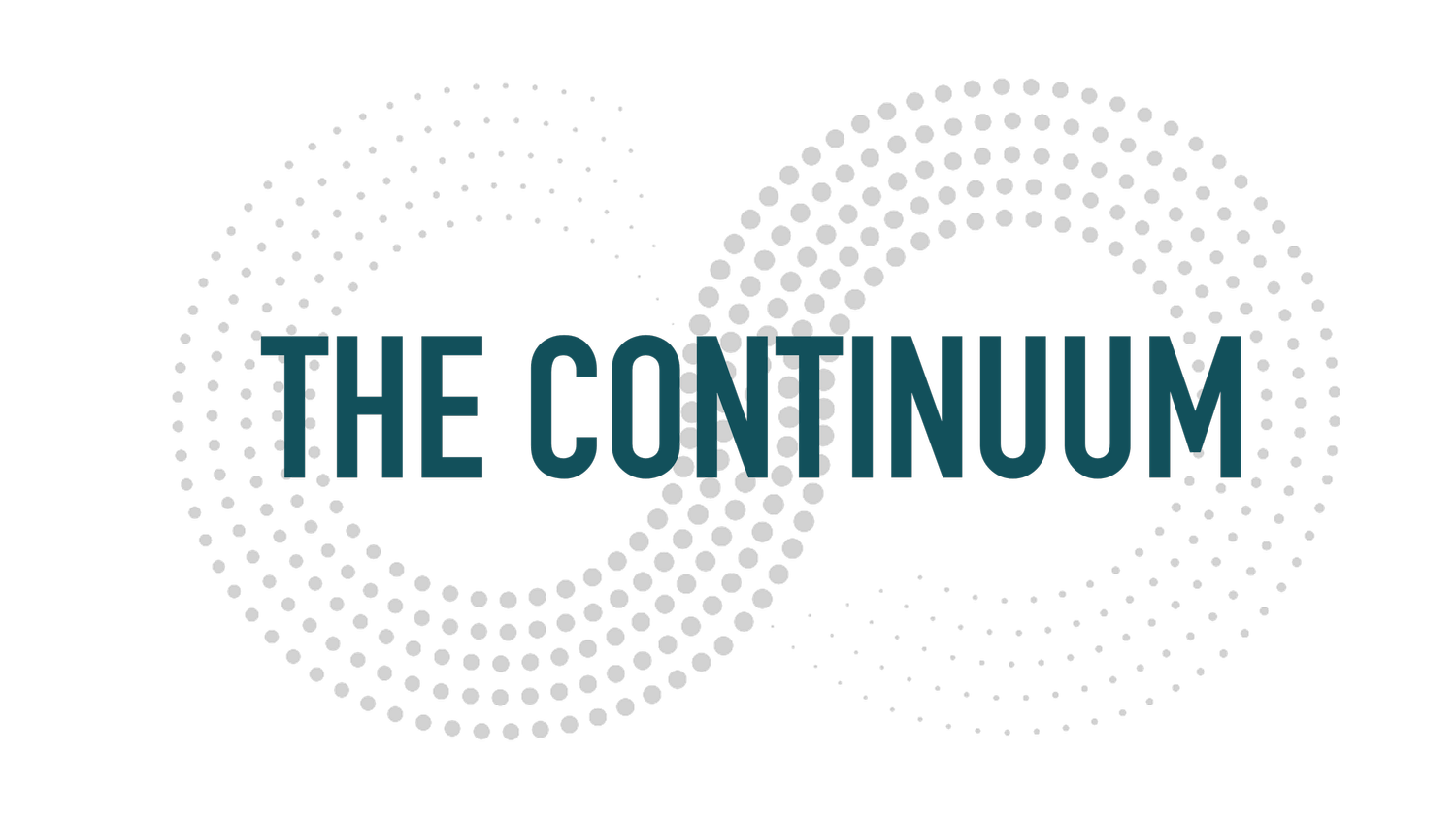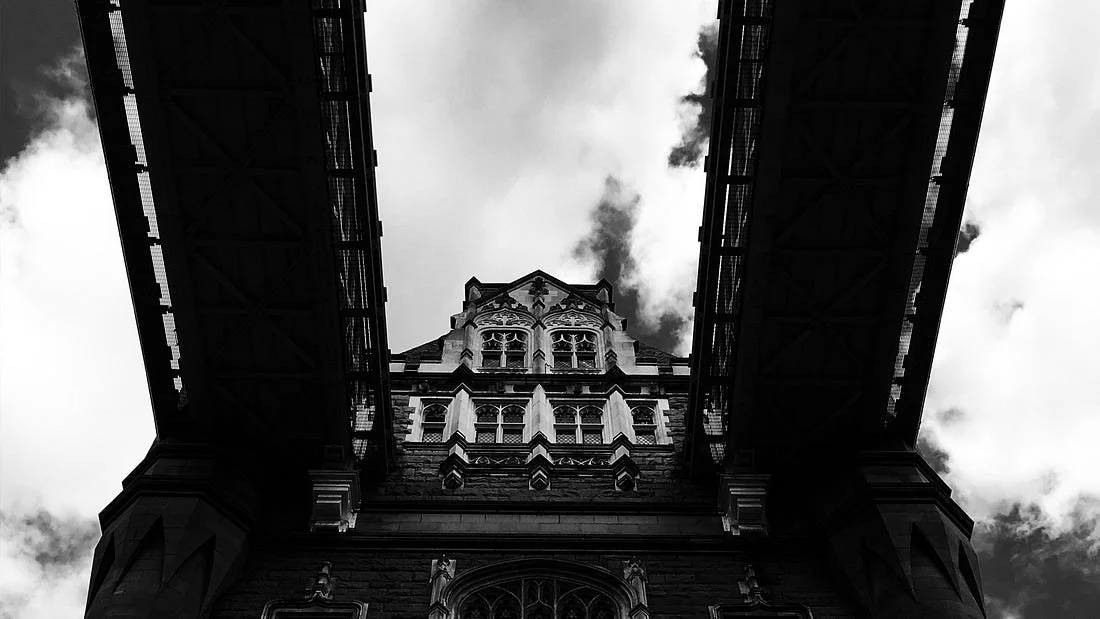Future Create v's Create Future
Why the next creative renaissance will feel more punk zine than polished prompt
From MBA to Mainstage
This week I zig-zagged between two amplifiers of creative anxiety: an MBA classroom at the LIONS Creative MBA—buzzing with career-path pivot tables—and mainstage glowing with brand mantras. In both rooms the same hand shot up:
“Will AI take my job?”
Wrong frequency. The signal beneath is softer, scarier, truer:
“Will AI take my joy?”
That question hurls me straight back to 1999, when a glitchy program called Macromedia Flash crash-landed on my hard drive. Jagged edges, clumsy motion, audio fizzing with uncompressed hope—and suddenly every teenager with a dial-up modem held a broadcast tower. In that spark we stopped making people want stuff and started making stuff people want.
Twenty-five years later the blank canvas is back. The only difference? The brush is an algorithm—and it’s our fingerprints that will decide whether the picture feels alive.
The algorithmic avalanche
OpenAI’s Sam Altman predicts that “95 percent of what marketers hire agencies and creatives for today will be handled by AI—nearly instantly, at almost no cost.”
Meanwhile EUROPOL analysts warn that up to 90 percent of the internet could be synthetically generated by 2026.
But before we clutch pearls, an April 2025 academic paper analysing linguistic tell-tales puts the current figure closer to 40 percent.
Translation: the wave isn’t fully here yet—there’s still dry sand for humans to draw shapes in.
Why more polish feels less personal
AI aces precision—friction-free UX, gradients without banding, voice-overs scrubbed of every mouth noise. Yet what lingers is character—pencil smudges, breath before the down-beat, a colour hit that’s slightly off. Quality can be automated; quirk must be lived.
The counter-current: the Raw Rebirth
Every technological flood sparks a punk undertow. Broadcast sheen in the ’60s birthed guerrilla Super-8 film; retina-perfect Instagram inspired disposable-camera TikToks. Today’s hyper-real AI renders are already meeting their foil in lo-fi collage, duct-tape typography and voice-note vocals—what design critics are calling the Raw Rebirth.
Luxury houses are listening. Hermès’s 2024–25 Artists-in-Residence cycle embeds sculptors and weavers inside its leather ateliers, turning handheld process footage into engagement gold. Vogue Business notes that craft is now luxury’s most valuable currency: audiences trust the hand they can see.
The new value loop
1. Tool (AI) cuts iteration costs to pocket-change.
2. Talent (human) bends the tool outside its manual—adding rough textures, awkward pauses, dialect.
3. Taste (culture) embraces the hybrid artefact, then demands an even weirder next round.
The loop spins on, each cycle feeding the machine yesterday’s rebellion.
Leader playbook: five decisions that matter now
Turn process into content. Audiences don’t just covet the Birkin; they binge the making-of.
Brief for error. Ask the studio to “miss the beat on purpose.” Miles Davis logic: there are no wrong notes—only next ones.
Co-create with the tools, not for them. Let AI rough-sketch; then have humans re-skin, remix, even vandalise. Treat the model like the band’s drum-machine, not the front-man.
Hire attitudes, not software certificates. Interfaces teach themselves; worldviews still need heartbreaks, zines and garage rehearsals.
Protect the playground. Set aside budget and billboard space for experiments that may “fail forward.”
Hope > hype
Backstage, the whisper has shifted from jobs to joy. Joy = surprise × significance. Algorithms can mass-produce surprise; significance is metabolised in human bodies. The dance remains duo, not solo.
Chanel warned, “If you want to be original, prepare to be copied.” Silicon copies us; tomorrow we’ll sample its riff and hurl it back distorted. That’s the pact, the spiral, the fun.
Encore: the punk inside the platform
We are living through the most precise, data-driven moment in marketing history—yet the cultural pulse is drumming for messier, truer, more human resonance. Think of it as the punk inside the platform: riff-heavy, chord-simple, impossible to automate.
So let the code write 95 percent of the scaffolding. Then kick down a wall, splash paint on the floor, and leave the door ajar for someone to stencil a lyric on the wet cement. Future creativity demands nothing less—and the future of creativity depends on it.
See you in the noise.
August 5, 2025
© 2025 The Continuum

